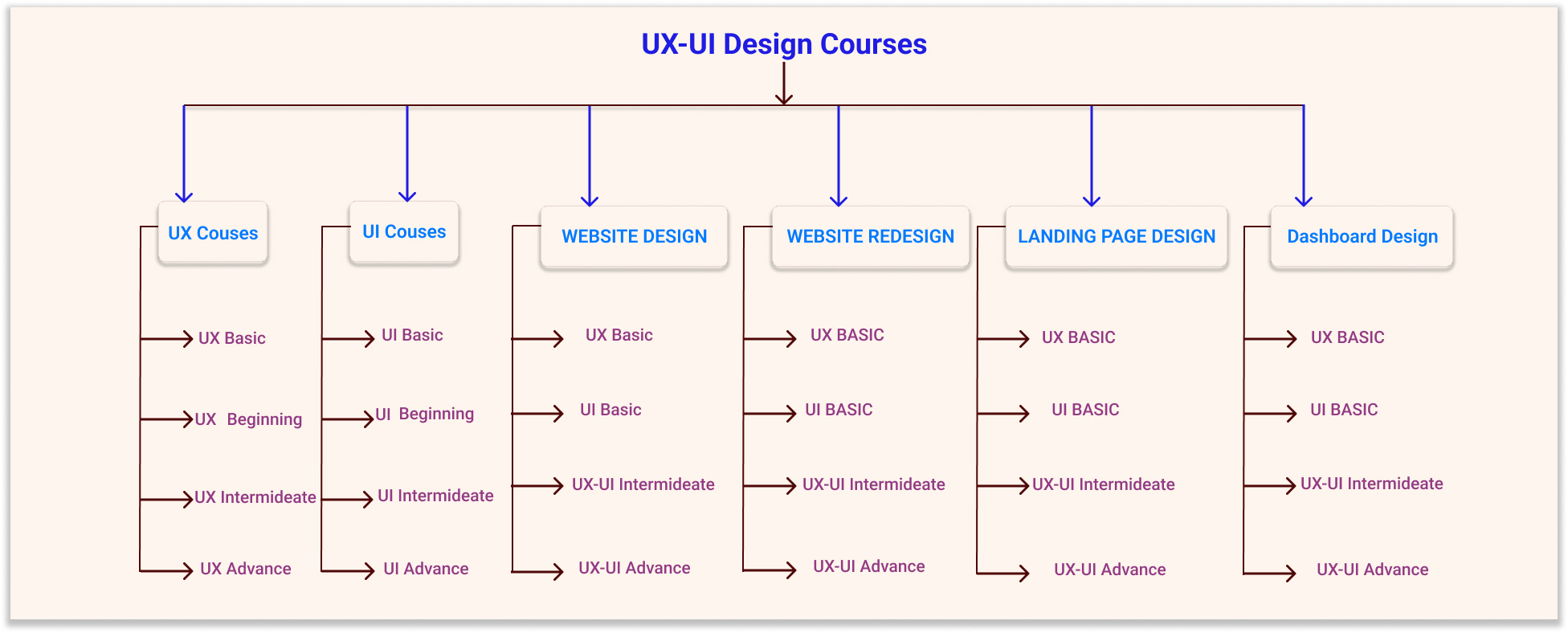Basic Video Editing Skills 2024. Basic video editing skills are essential for creating professional-looking videos. Here are some fundamental skills you should learn:
Understanding Editing Software:
Familiarize yourself with video editing software like Adobe Premiere Pro, Final Cut Pro, or DaVinci Resolve. Learn the interface, tools, and features available.
Importing Footage:
Learn how to import video files, audio files, images, and other media assets into your editing software.
Trimming and Cutting Clips:
Master the basic editing tools to trim and cut video clips. Learn how to remove unwanted sections, trim the beginning and end of clips, and cut clips into smaller segments.
Arranging Clips:
Understand how to arrange clips on the timeline to create the desired sequence of shots. Learn how to drag and drop clips, rearrange their order, and overlap them as needed.
Adding Transitions:
Explore basic transition effects like fades, dissolves, and cuts to smooth transitions between clips and scenes.
Applying Basic Effects:
Experiment with basic effects like color correction, brightness/contrast adjustments, and basic filters to enhance the visual quality of your footage.
Adding Text and Titles:
Learn how to add text overlays, titles, and captions to your videos. Explore different fonts, sizes, and styles to create visually appealing text elements.
Working with Audio:
Understand how to adjust audio levels, add background music, and incorporate sound effects to enhance the audio quality of your videos.
Exporting and Sharing:
Master the process of exporting your edited video in the desired format and resolution. Learn how to compress files for different platforms and share your videos online.
Practice and Experiment:
The key to mastering video editing is practice. Experiment with different techniques, tools, and effects to develop your skills and find your editing style.
Understanding the Timeline:
Learn how to navigate and utilize the timeline efficiently. Understand concepts like tracks, layers, and keyframes to organize and manipulate your video and audio elements effectively.
Using Cutaway Shots and B-Roll:
Incorporate cutaway shots and B-roll footage to add context, variety, and visual interest to your main footage. Learn how to insert these additional shots seamlessly into your timeline.
Creating Simple Motion Graphics:
Experiment with creating basic motion graphics such as lower thirds, text animations, and simple graphic overlays. Explore tools within your editing software or consider using dedicated motion graphics software.
Understanding Basic Color Grading:
Familiarize yourself with basic color grading techniques to enhance the overall look and feel of your video. Learn how to adjust color temperature, saturation, contrast, and exposure to achieve a consistent and visually appealing aesthetic.
Adding Audio Effects:
Explore adding audio effects such as fades, crossfades, and audio ducking to improve the quality and flow of your audio tracks. Learn how to adjust audio levels and apply effects to create a balanced and immersive audio experience.
Mastering Keyboard Shortcuts:
Learn and practice using keyboard shortcuts for common editing tasks to speed up your workflow and increase efficiency. Memorize essential shortcuts for tasks like cutting, trimming, and navigating the timeline.
Understanding Export Settings:
Gain an understanding of export settings such as resolution, frame rate, and codec options. Learn how to optimize your export settings based on the intended delivery platform and audience preferences.
Seeking Feedback and Learning Resources:
Share your work with others and seek constructive feedback to identify areas for improvement. Take advantage of online tutorials, forums, and communities to learn new techniques and stay updated on industry trends.
By mastering these basic video editing skills, you’ll be well-equipped to create professional-looking videos for various purposes, whether it’s for personal projects, social media content, or professional work. By honing these additional basic video editing skills, you’ll be well on your way to creating more polished and professional-looking videos. Remember to practice regularly and continue expanding your knowledge to further refine your editing abilities. Basic Video Editing Skills 2024







